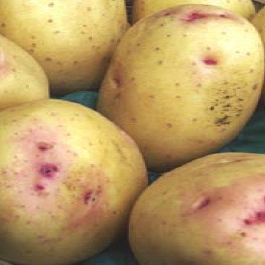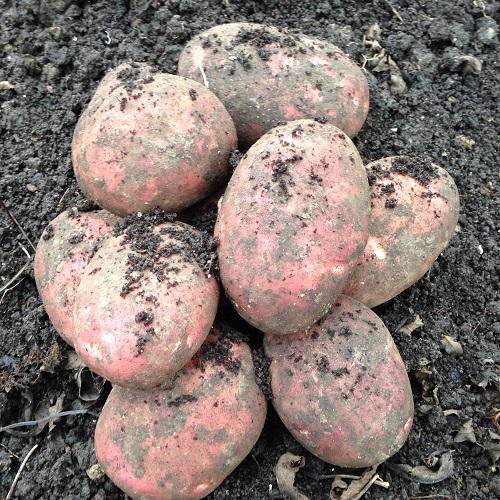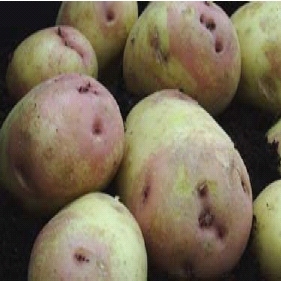Customers who bought this item also bought:
Customer Reviews
Write a Review and share your opinions!
13 April 2015
Was told that only red potatoes would be successful on our allotment but tried some of these from a friend with great results! Definitely getting some more.
20 January 2014
As a new allotment holder I grew a row these potatoes for the first time last year, the only downside so far is we’ve only got enough left for 1 or 2 meals. They’ve been fantastic, I’ll be growing more this year.




